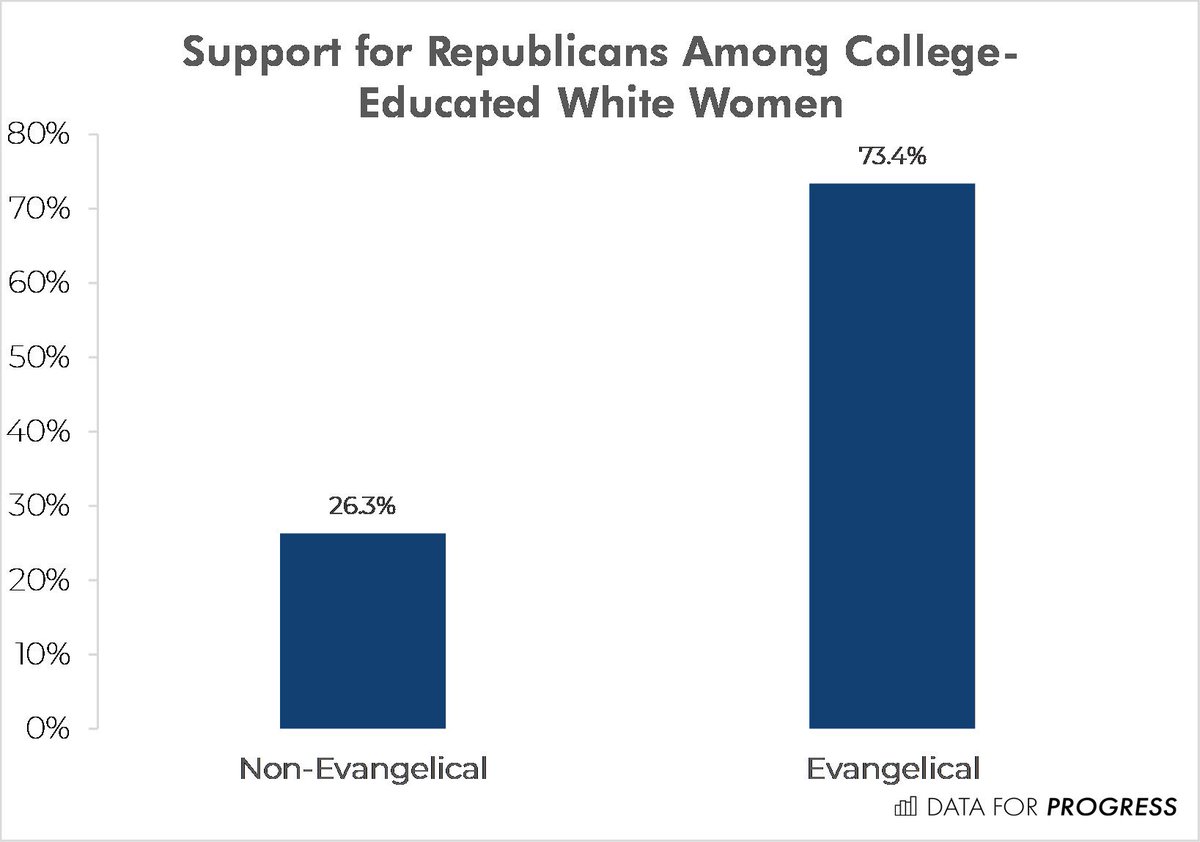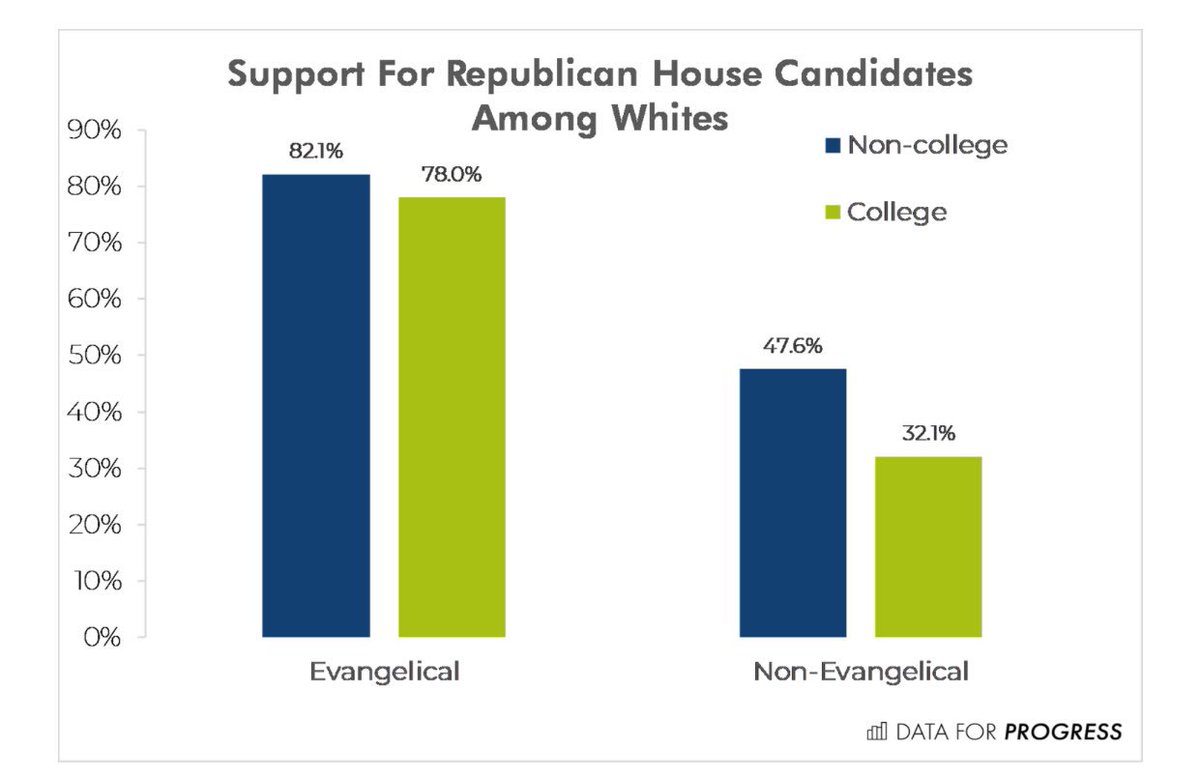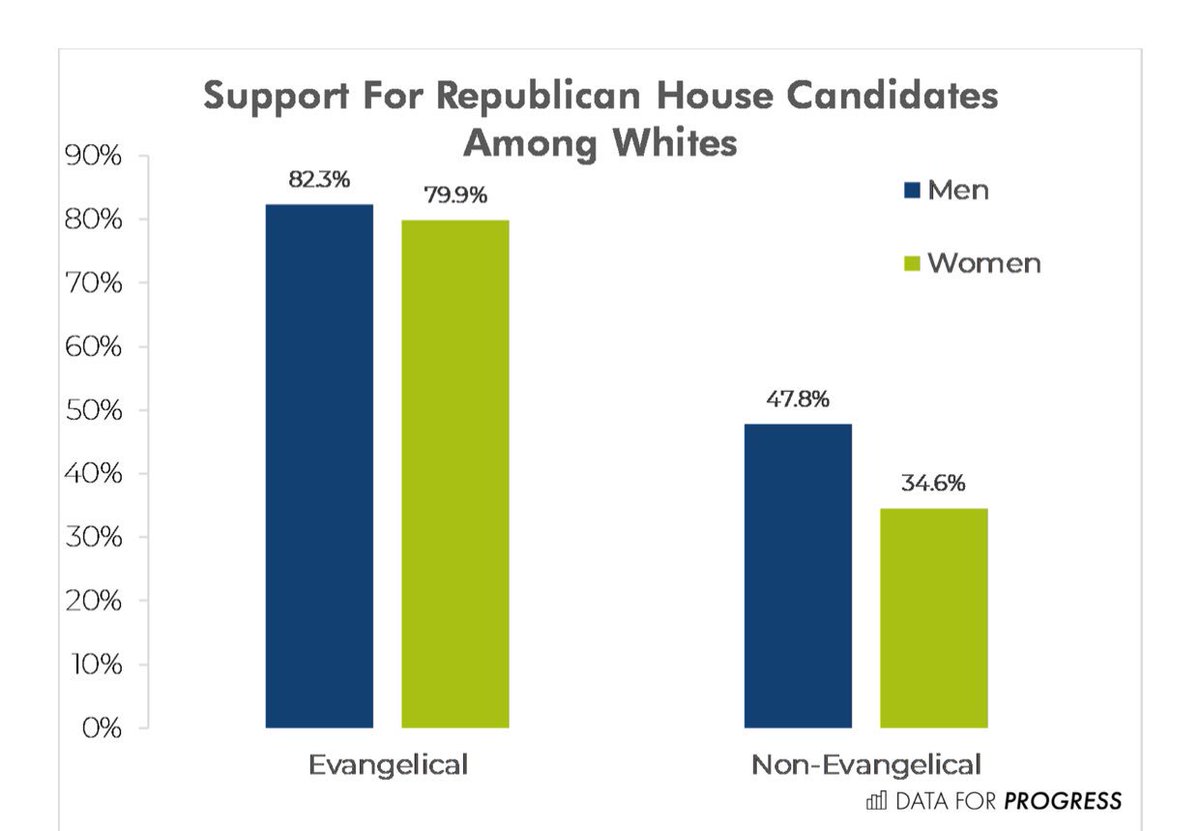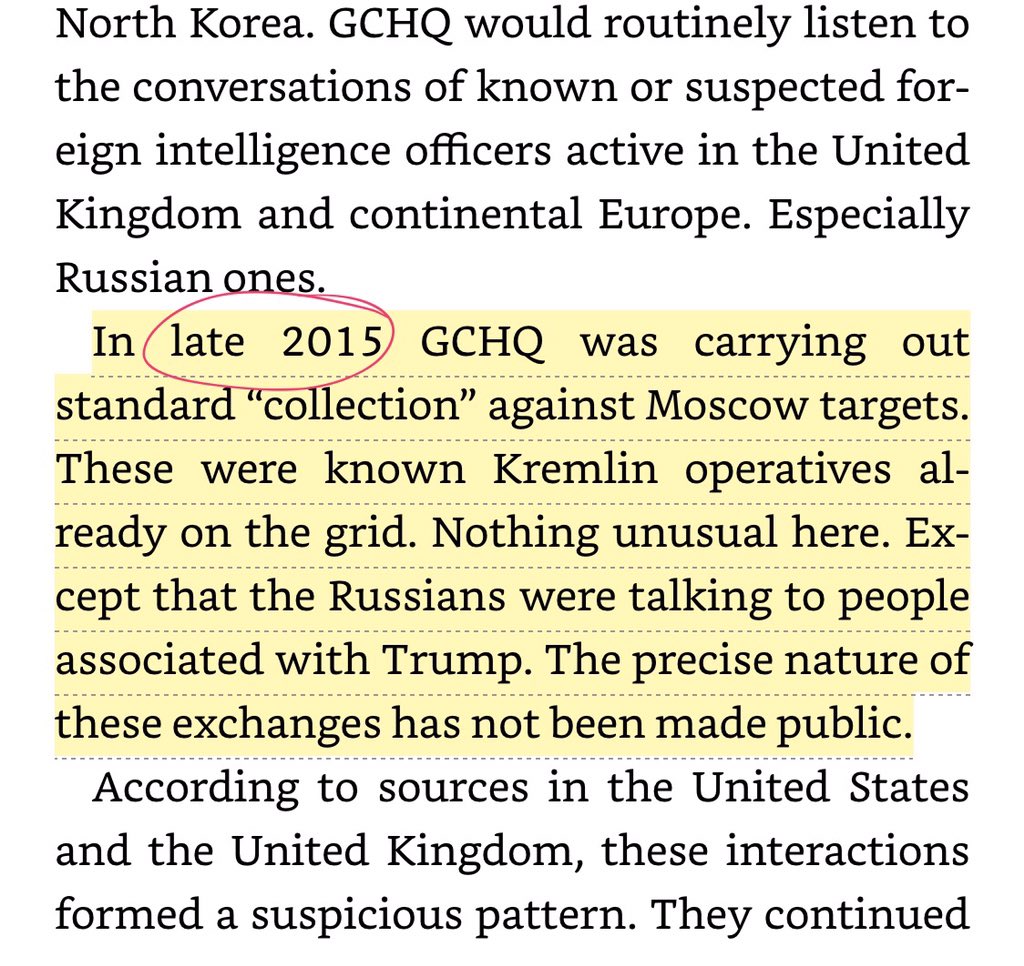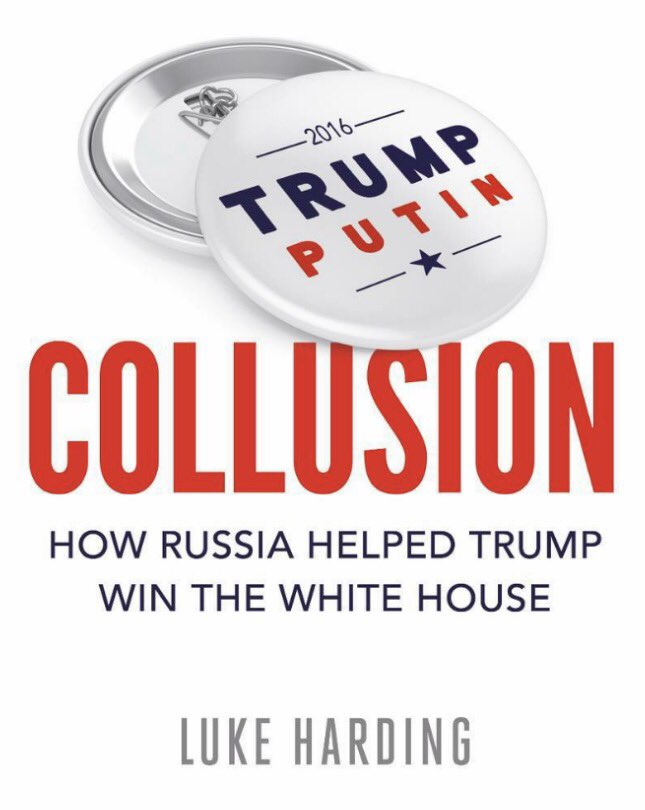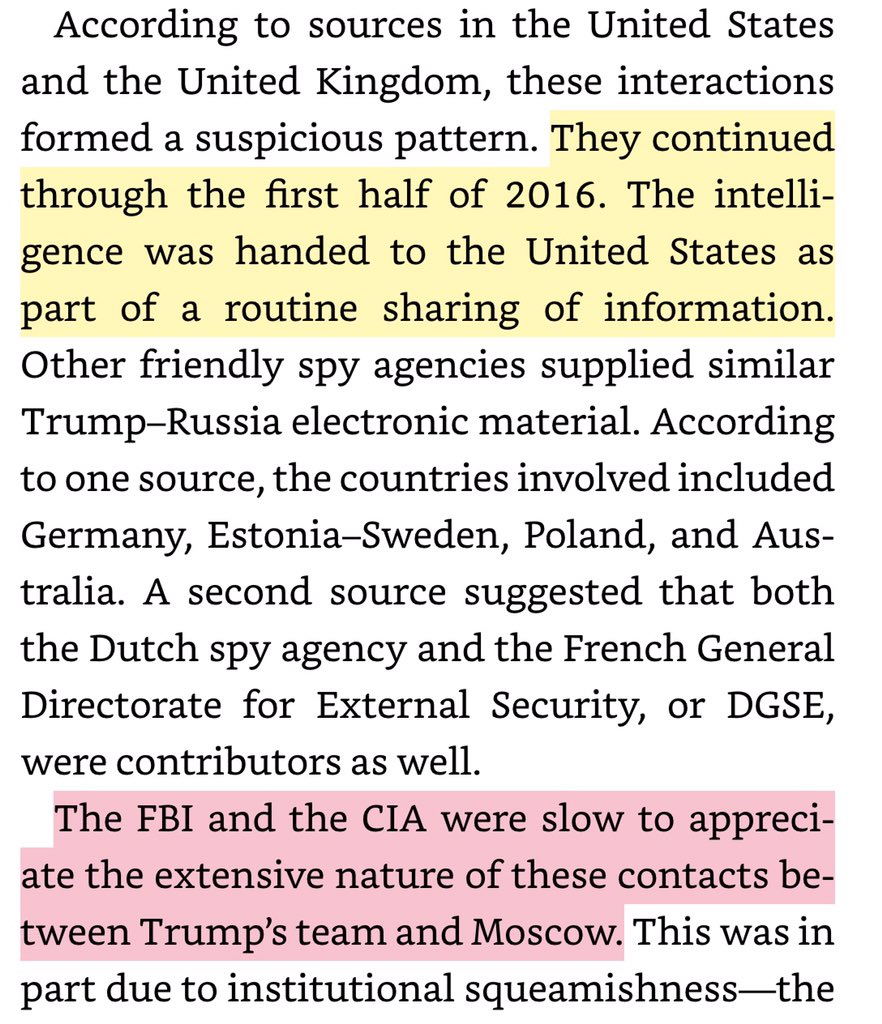McRae goes on to describe the various parts of the book and chapter topics.
End of the introduction.
vox.com/2015/6/18/8798…
en.wikipedia.org/wiki/Racial_In…
She also recruited members to the Women’s Racial Integrity Club (WRIC).
Get real-time email alerts when new unrolls are available from this author!
Twitter may remove this content at anytime, convert it as a PDF, save and print for later use!

1) Follow Thread Reader App on Twitter so you can easily mention us!
2) Go to a Twitter thread (series of Tweets by the same owner) and mention us with a keyword "unroll"
@threadreaderapp unroll
You can practice here first or read more on our help page!
